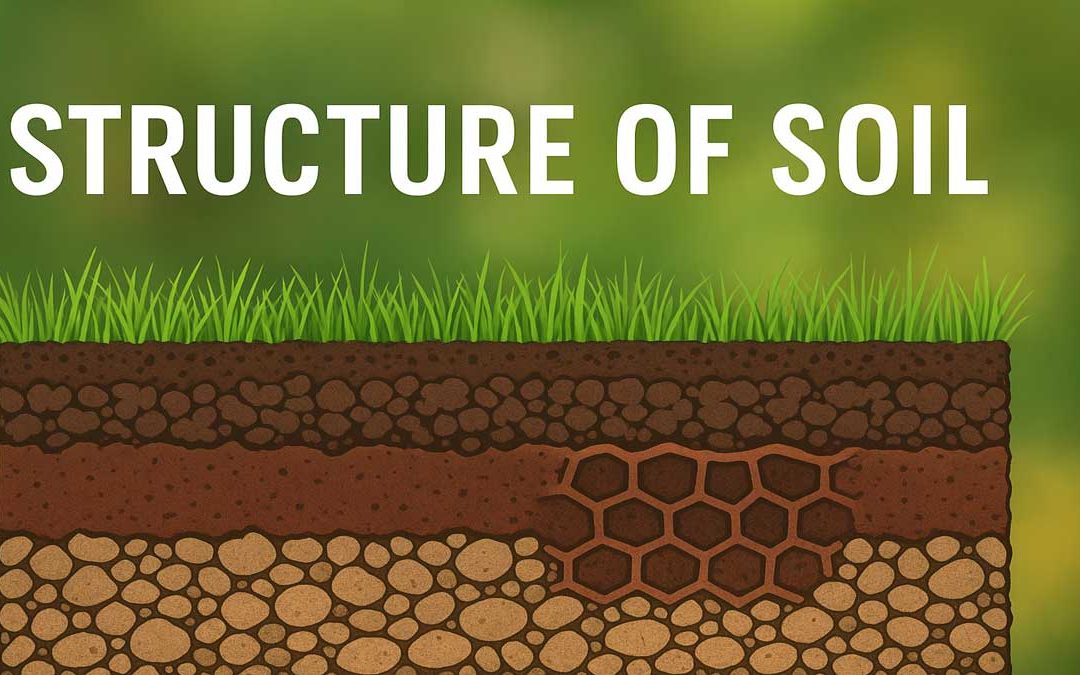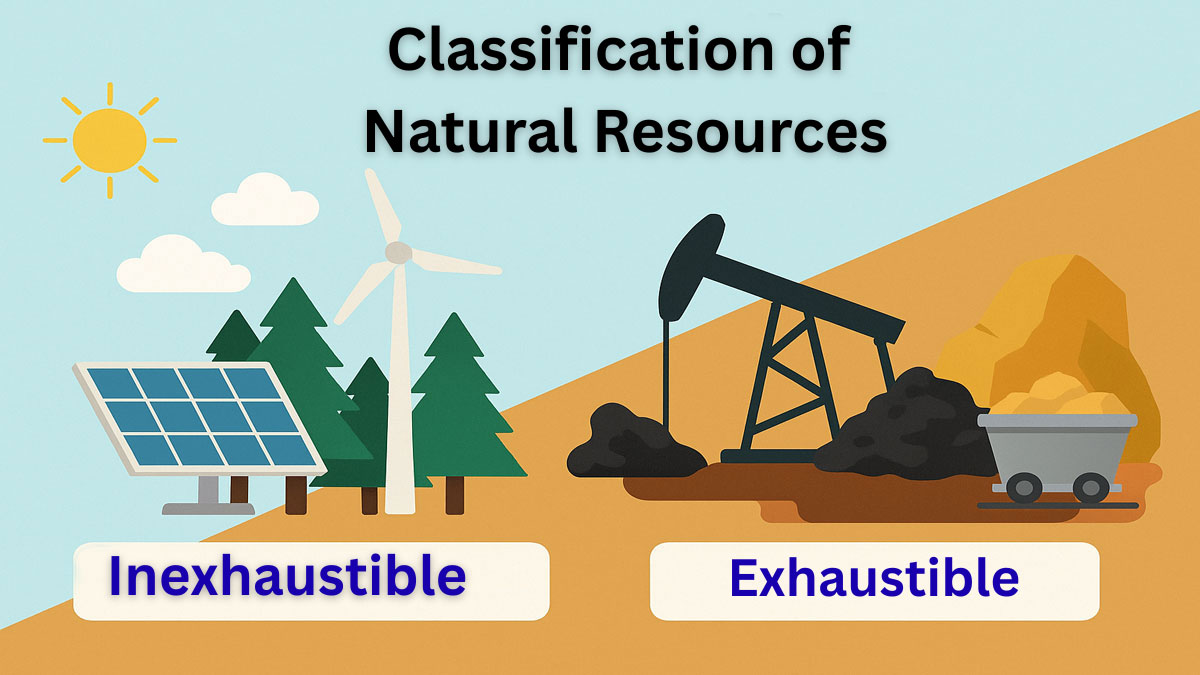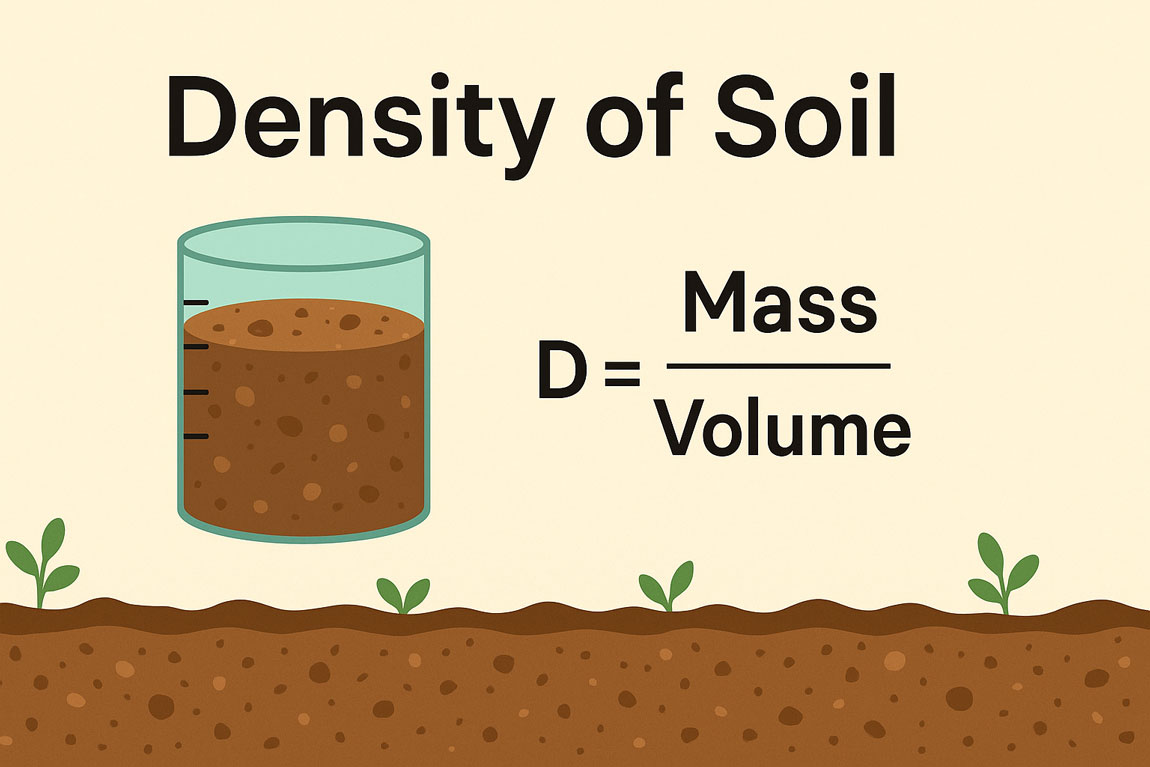The structure of soils is the arrangement of the constituent particles in the soil matrix that contains voids, fissures, and cracks. Soil structure depends on many factors such as shape, size, mineral composition, orientation of the grains, the relation of soil water in its ionic components, and the interactive forces among the particles.
Forces Affecting Soil Structure:
Since coarse-grained particles, when clean and dry, do not possess plasticity and cohesion, soil containing these particles cannot form stable structures. In moist sands, however, the contact pressure developed by the capillary water ring may provide the necessary bonding to create stable structures.
However, when the grains become dry, the structure again breaks down. Gravity and surface forces are the main forces that play an active part in soil particles in developing the soil structure. The gravitational force is operative only in soil containing coarse-grained particles. In small particles, surface forces are effective in most of the soil types.
These attractive forces are electrostatic in nature and are popularly known as van der Waals forces. Repulsive surface forces also interact among the particles to form layered structures.
Types of Soil Structure:
The different types of structures (Fig. 6.2) mainly observed in soil developed by the depositional character and interactive forces of particles are described in the following paragraphs.

Fig.1: Structure of Soils
Single-grain structure:
Grain-to-grain contact during deposition of predominantly coarse particles (> 20 microns) in stream or lake water produces the single-grain structure. The suspended grains settle in water under their own weight by gravitational force. The surface forces of the particles do not play any role in attracting the grains.
The deposition with particle-to-particle contact may take place either in a loose state or in a dense state, and accordingly, the void ratio of the soil with single-grain structure becomes high or low.
Flocculated and dispersed structures:
These structures of soil are observed in clay, consisting of colloids. In flocculent type, the structural arrangements are made of an assemblage of flaky inorganic colloid particles instead of individual soil particles.
During deposition of the fine soil particles in lake or river water, if the net electrical force between adjacent colloidal particles in clays is sufficient to attract, flocculation will take place, resulting in a flocculent structure.
The chances of developing the flocculated structure are higher if the dissolved materials remain in high concentration in water, as in marine water. Lambe (1953) is of the opinion that flocculent structure is developed by edge-to-edge contact of the colloidal platelets. An oriented or dispersed structure will be formed if platelets come in contact with one another at the end faces.
Honeycomb structure:
Several single mineral grains in a soil bonded together by contact forces form a honeycomb structure. When silt and clay particles (varying in size range between 0.2 microns and 20 microns) settle in water under gravity, the surface forces at the contact areas of the particles may overcome the gravitational force to prevent their immediate settlement over the already-deposited particles.
These particles under settlement then come in close contact and are held in position until miniature arches are formed over the void spaces to make honeycomb structures. The types of soil that exhibit such structures possess high load-bearing capacity.






